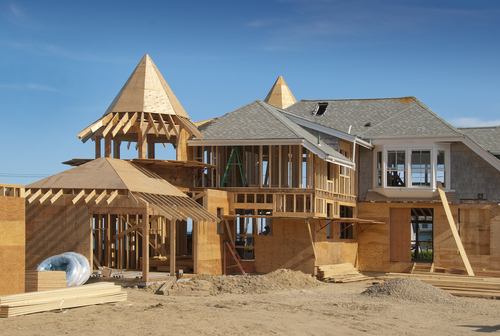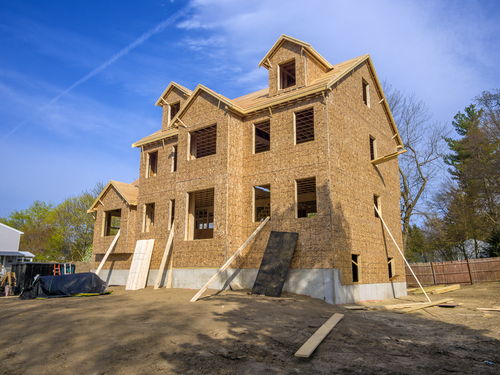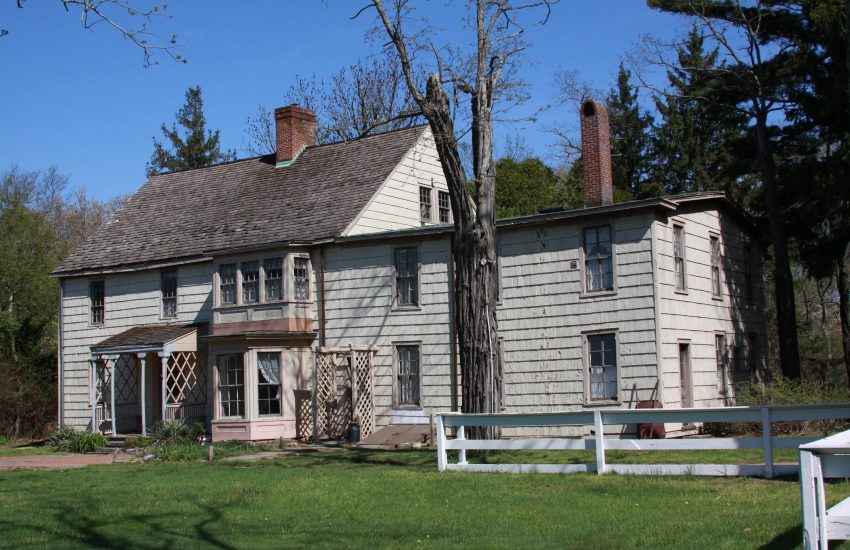Prefabricated Roof Trusses – Laying The Foundation Of The Roof!
Roof is an important part of the house. It is the entire look and foundation of the ceiling. Almost every part of the world use prefabricated roof trusses to frame the roof and make it more strong and sturdy in all ways. These replace the rafter and ceiling joists typically used in the conventional framing procedures. These prefabricated roof trusses have the advantage of enabling the contractor to construct houses that are complex and have unique ceiling designs. This aids greater speed and accuracy as well.

Advantages
- These prefabricated roof trusses span over long distances and eliminate the necessity for load bearing inside walls
- Less expensive labor can be used for erection of these trusses and then the entire labor cost is brought down very well by the framing due to these trusses on the roof.
- These roof trusses can be designed in accordance to any customizations and this can lead to blending and maintaining the aesthetic value of the house in modern homes.
- The best part of the prefabricated roof trusses is that these can be erected in one day and it is a main reason as why these are so popular for framing the roof. Hence, the interiors are covered in a very short period of time, leading to less exposure to dust and pollutants.
- These prefabricated roof trusses are designed by engineers to meet any standard requirements as far as modern day constructions are concerned. The roof load requirements and the building code requirements are considered while keeping track of the frame.
- The conventional rafter and ceiling framing is more expensive than this kind of framing and this is more economical than a stick roof farming as these are made of a shorter length.

Parts of a Roof Truss
The common roof truss is very easy to detect. There is a triangular shape and this forms the bulk of any roof truss for a modern home. Common trusses consist of seven main parts that are:
- Top chord – The roof sheathing is plied to the top chord
- Bottom chord – The drywall or the finished ceiling is attached to this part of the roof truss in modern homes
- Bearing points – The common roof truss is designed to sit on the outside bearing walls of the houses
- Web supports – These do the work of holding everything properly in place and at intermediary points.
- King Post – The peak of the common roof truss needs to be supported and this work is done effectively by the King Post
- Metal Gussets – These can be found used everywhere the web supports and the king posts intersect the top and the bottom chords and this can also be found near the bearing points
- Tail – The tail of the common roof truss is used for making eave or an overhang and this gives the way for the attachment of the fascia and the soffit.
Types of Roof Trusses
- Raised Heel trusses – These are taller at the bearing point. This allows for insulation to be added at the exterior edge of the building
- Scissor Trusses – Used to make a cathedral ceiling
- Hip Trusses – Hip roof framing and are used in three modes – Terminal, hip master, step down and Dutch hip truss system
- Mono trusses – These are a half of the common truss and are usually kept at a ninety degree angle to the girder truss.
- Room in attic trusses – These come in the bottom chord used as the floor joist and the support webs designed for the purposes of wall framing.
- Girder trusses – These are placed where two roof lines meet and are mainly used to remove the need of a load bearing wall.
If you want to know more about prefabricated roof trusses, then go through this link and get more idea about triangular shape roof truss for a modern home.















